Underfloor heating is a modern and efficient way to heat buildings, providing many benefits over traditional radiator systems. The system works by pumping warm water through pipes embedded in the concrete slab of a building’s floor. The heat is then radiated into the room through the floor, providing a more efficient and even distribution of heat compared to traditional radiators.
One of the major benefits of underfloor heating is increased efficiency. Radiators can leave certain areas of a room cooler, while underfloor heating systems heat a room more evenly and effectively. This is due to the fact that heat is distributed evenly across the floor, rather than being concentrated in one area. This means that the temperature in different areas of a room can be more easily controlled and that a lower water temperature is required to heat a room.
Another benefit of underfloor heating is space-saving. Radiators can take up a lot of space in a room, and can be unsightly, whereas underfloor heating is hidden within the floor. This means that more space is available for furniture and other items, giving a room a more streamlined and modern look.
Underfloor heating also has aesthetic benefits. As the heating system is hidden within the floor, it gives a room a more modern and sleek look. This is particularly beneficial in new builds or renovations, where the aesthetic of the room is a major consideration.
Underfloor heating systems are also more energy efficient than traditional radiator systems. This is because they require lower water temperatures to heat a room, which in turn reduces the energy required to heat the building. Additionally, underfloor heating systems are more responsive to changes in temperature, which means that they can be turned off or on more quickly, reducing energy consumption and costs.
Comfort is also a major benefit of underfloor heating. The heat is distributed evenly across the floor, which creates a more comfortable living environment. This natural warmth feeling provides a sense of comfort and well-being, making the living space more inviting and pleasant.
Underfloor heating systems are also very flexible. They can be installed in new builds or retrofitted into existing homes, and can also be used in conjunction with other heating systems like radiators. This means that different rooms and zones can be heated to different temperatures, depending on the needs of the occupants.
Finally, underfloor heating systems are easy to install and maintain. They do not require much space, and can be installed in a relatively short amount of time. Once installed, they require little maintenance, and can be easily serviced if required.
In conclusion, underfloor heating is a modern and efficient way to heat buildings. It provides many benefits over traditional radiator systems, including increased efficiency, space-saving, aesthetics, energy efficiency, comfort, flexibility, and ease of installation and maintenance. It is an ideal choice for new builds or renovations, and can also be retrofitted into existing homes. Underfloor heating provides a comfortable and energy-efficient way to heat a building, making it a viable option for any homeowner or building developer.
There are two types of underfloor heating systems – water and electric.
Water Underfloor Heating
The first is the water – or wet – underfloor heating system. This system consists of a series of pipes which are laid beneath the floor and are connected to the boiler which allows the circulation of warm water in order to heat the area.
Water underfloor heating is lso known as a “hydronic system” or “wet” – it can sit beneath stone, tile, wooden, laminate and carpeted floor. For water underfloor heating to be fitted, there has to be enough space for the pipes to be laid beneath the flooring. Depending on the amount of space available and the floor, the pipes will be set either into concrete screed which is usual for ground floors, heat diffuser plates across on timber joists or grooved insulation panels for floating floors. If there is insufficient space there may be a need for the floor to be raised.
This is why the water system is being introduced in more and more new builds as the floor can be designed so that the pipework can be fitted successfully without any additional work taking place. Depending on the flooring, the responsiveness of the system or warm up time can vary but it will still work efficiently and will heat up the area that is required.
Usually, a warm water system can be fitted by almost anyone confident in DIY and renovation, but it does require some technical knowledge in plumbing and electrics when it comes to making those crucial connections to the boiler and thermostats. We would normally recommend this kind of work to be done by a specialist; a local electrician or local plumber.
Electric Underfloor Heating
Electric underfloor heating, or an electric underfloor heating system, consist of a number of electric wires installed beneath the floor or within the flooring. The size of the room and the type of flooring will determine which electric system is used.
The options here are:
- Loose-fitting wiring (flexible and aimed at small awkward spaces)
- Electric cable systems
- Heating mats (which are rolled out to cover larger areas)
These electric systems work by laying sheets of cables underneath the existing flooring but on top of a screed which is covered with floor insulation to ensure that the heat travels into the room rather than away from it. To fit this system a qualified electrician will have to connect the system up to the electric mains supply and fit a sensor that will connect to the thermostat. This will enable the owner to be in total control of temperature and the system can be programmed so that it can be switched on and off at a pre-set time.
Discover The Underfloor Heating Company’s range of electric underfloor heating products and systems.
The Benefits of Underfloor Heating vs Radiators
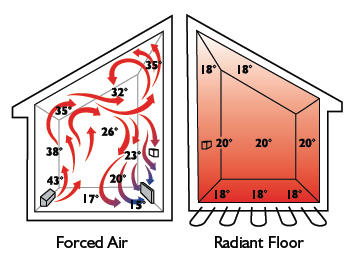
The Efficiency of Underfloor Heating
There are many great benefits to having underfloor heating over radiators:
1. Increased efficiency: Underfloor heating systems heat a room more evenly and effectively compared to radiators, which can leave certain areas of a room cooler.
2. Greater control: With underfloor heating, it is possible to have greater control over the temperature in different areas of a room, as the heat is distributed evenly across the floor.
3. Space-saving: Radiators can take up a lot of space in a room, whereas underfloor heating is hidden within the floor, leaving more space for furniture and other items.
4. Aesthetics: Underfloor heating is hidden within the floor, which can give a room a more streamlined and modern look, compared to the bulky appearance of radiators.
5. Energy efficiency: Underfloor heating systems are generally more energy efficient than radiators, as they require lower water temperatures to heat a room. The average underfloor heating system can save the owner up to 40% in comparison to the costs of running a radiator system, and is much cheaper to purchase and install when incorporated into a new build property.
6. Comfort: Underfloor heating systems create a more comfortable living environment as the heat is distributed evenly across the floor giving a natural warmth feeling.
7. Flexibility: Underfloor heating systems can be installed in new builds or retrofitted into existing homes, and can also be used in conjunction with other heating systems like radiators, in different rooms and zones.
8. Hygiene: From the hygiene perspective, underfloor heating creates less moisture than radiators making the environment less friendly for dust mites and mould – and much better for allergy sufferers and asthmatics.
Bespoke Underfloor Heating
Installing underfloor heating into your home isn’t as straightforward as a radiator system, whose only real demand is that the radiator is sufficiently sized to the room. With underfloor heating, many different points need to be considered in order to get an efficient heating system that will provide outstanding performance and be problem free.
In order to get a system that performs to that level you would expect, you need to begin with a design that considers all of the variables of your home. This is where we come in. One of the premium services offered by The Underfloor Heating Company, is designing each underfloor heating system to be tailor made for you and your space – from home to housebuilding and construction. Taking into account every important factor that can alter the effectiveness of your system, we make all necessary adjustments to provide optimum performance and satisfaction. By talking and listening with each of our customers since 2012, we are confident that we will understand your needs to produce a truly bespoke system.
Our quotations include a transparent and comprehensive material list, so you can see exactly where your money is going, and how we compare to the rest.
If you would like a quotation for a current project or to discuss ideas you have and how to implement them, contact us for free quote and we’ll help you get started.
Which Underfloor Heating System Should You Choose?
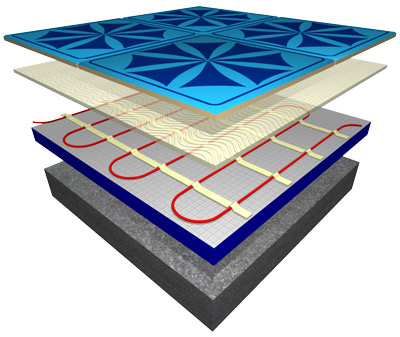
An Electric Underfloor Heating Mat under Tiles
Electric underfloor heating and warm water underfloor heating are two very different heating systems that serve the same purpose in different ways. The two systems available are both equally as adequate when it comes to delivering the heat required in the building that it is situated in. Both underfloor heating systems can be used to heat the whole house or just one room and this is what makes it difficult to choose. The total floor area that needs heating is one of the main things to consider and as a rule electric is advised for smaller areas while warm water systems are far more suitable for larger areas.
The electric underfloor heating system is known to be slightly cheaper and faster to install than wet underfloor heating. As the electronic systems are thin they are easy to fit into existing builds and do not require much renovation work in order to install. If it is a relatively small area that needs heating, an electric underfloor heating system is generally the option to choose but that does not mean that a wet underfloor heating system is inadequate. There are many factors that will determine which option to choose.
The wet underfloor heating system requires more space underneath the flooring so that the pipework can be laid as required. This would cause issues with a lot of properties as it would necessitate additional work to be carried out, this is why water underfloor heating systems are preferred over electric systems in new builds as the floors can be designed to work around the heating system. Not only does the water system heat up a room it can be configured to cool a room during hot summer months, something that the electric system cannot do. This system is more expensive to fit than an electric system but in the long run money will be saved and the system is significantly more efficient than radiators.
Ultimately, the choice is down to the customer and whether they want to choose electric or water will be based on their situation and how much they want to spend. It would be wise to understand which system will save the most money in the longer term and this can be done by speaking to specialists who will have an excellent knowledge on the systems.
Health, Anti-Allergy and Safety Benefits of Underfloor Heating
Underfloor heating systems can have some fantastic health, dust allergy (particularly asthma) and related safety benefits. Because of the evenly distributed surface heat, which naturally rises from an underfloor system (from both water and electric), there is far less dust movement. This is because the dust is not being pushed and circulated – literally, in constant whirls and circles – around a room, between all the hot and cold spots. Radiator circulation can actually make dust worse. This is why the results of an underfloor heating system can be dramatic when compared to traditional radiators. There is an almost net zero effect of dust distribution in the heated space. This is the optimum, positive environmental standard to aim for when catering to people with dust allergies and asthma, making underfloor heating the anti-allergy option for heating.
What’s more, is that underfloor heating can kill the production of dust mites at the source! Because underfloor heating keeps up a hotter immediate surface temperature for carpets, this increases the heat and massively reduces the moisture in the floor’s material, so the house dust mite at the root of the carpet, dies.
It is important to remember that at temperatures above 29° C, there may be bigger chance of thrombosis in people sensitive to this. However, because the heat is so noticeable in the floor, there shouldn’t be a need to push far beyond this temperature and there is never any danger of being burnt on a high temperature surface.
In water and wet underfloor systems, the radiating surface temperature is largely the same as the circulating heated water. This water temperature can be very high, but lower surface temperature floor radiators are available and usually recommended. Such lower surface floor radiators can protect the room users from contact with high temperature surfaces.
Read more about our range of market-leading water underfloor heating products and systems.
Since the Roman Era
Underfloor heating has been around since the Roman times. And in the 2020s, it remains the most sophisticated and efficient method of heating any space. Yet, this type of heating system still remains a relatively new addition to homes and commercial scale buildings!
As more and more people have become aware of the importance of being energy efficient, underfloor heating has become extremely popular. it is becoming increasingly the standard for builders, architects, homeowners, trades and facilities management leads and commercial building managers, globally.
Receive a Free Quote
If you would like a quotation for a current project – huge commercial scale builds, or to discuss ideas you have and how to implement them, contact us and we’ll help you get started.
-
Manuals & Guides
Download our handy installation PDF guides
Download Manuals ››
for help with your underfloor heating installation... -
Confused??
New to underfloor heating? Not sure
Learn more ››
where to begin?
We've got you covered... -
Get a Quote...
Get a full and detailed quotation for your
Get a Quote ››
complete underfloor heating system... -
Need Help?
Just get in touch and one of our friendly members of
Get in touch with us ››
staff will help answer any questions you may have...

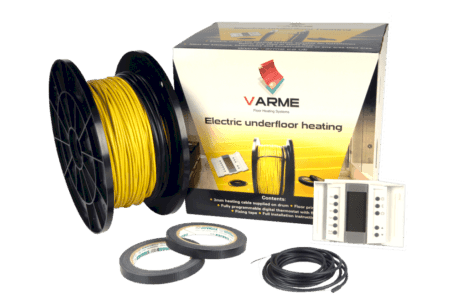
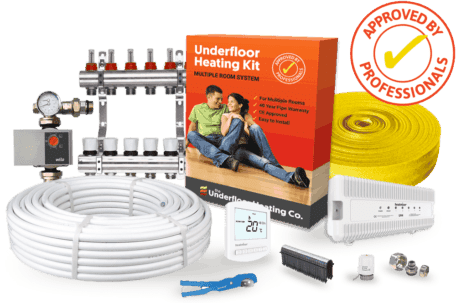
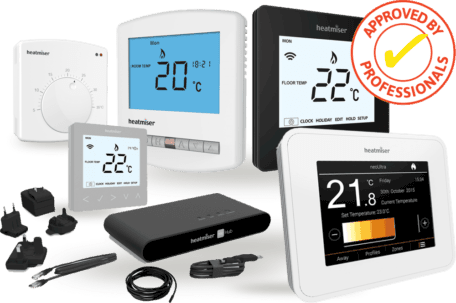
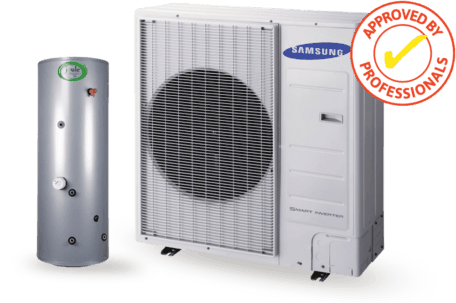
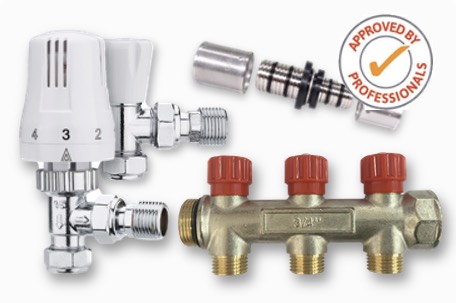
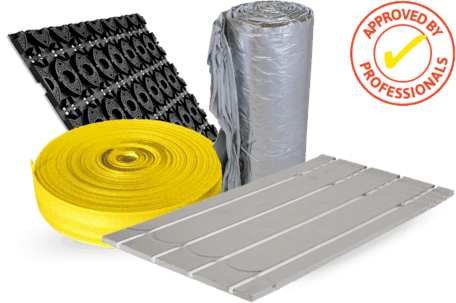
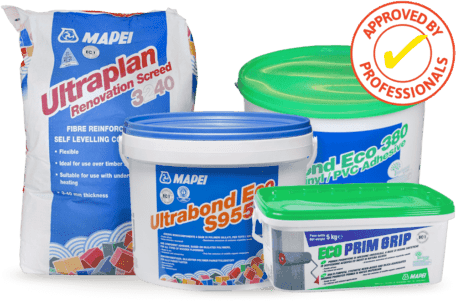
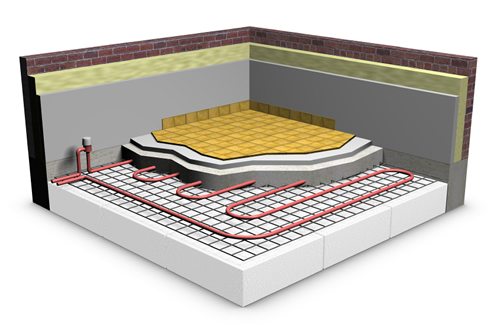







 Trade Prices
Trade Prices  Fast Delivery
Fast Delivery  Rated Excellent
Rated Excellent  30 Day Returns
30 Day Returns  100% Secure Shopping
100% Secure Shopping